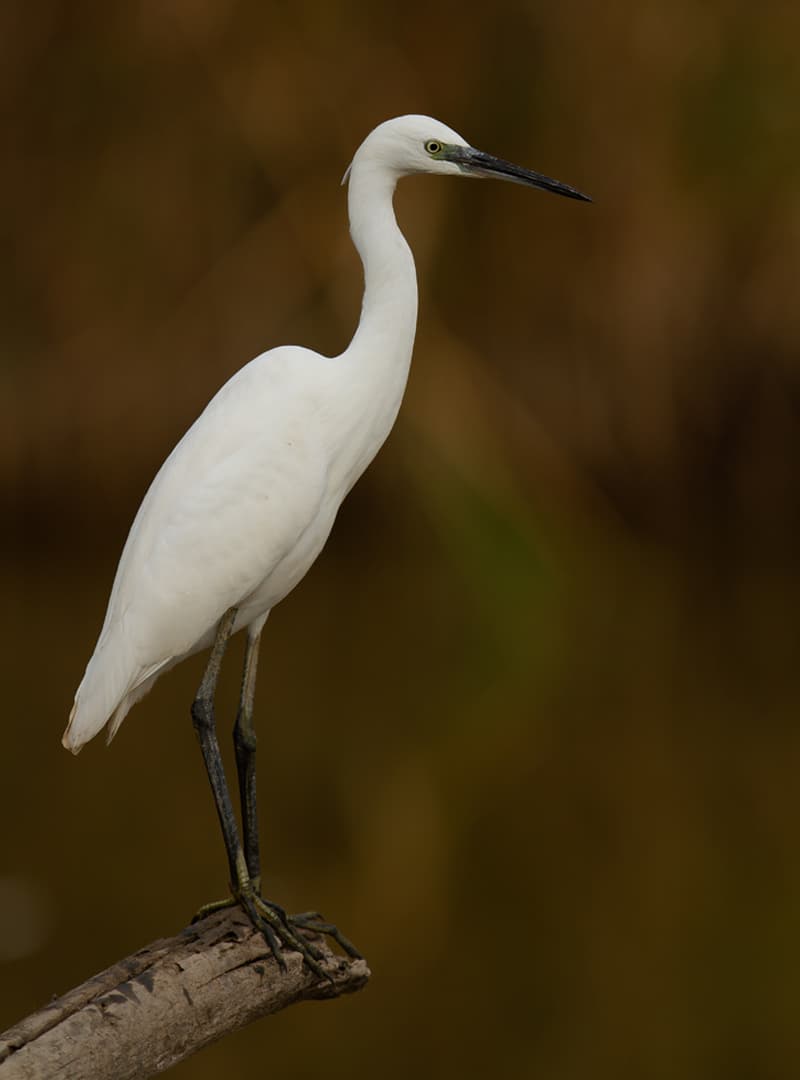Wetlands

WETLANDS are a very heterogeneous, diverse and unique set of ecosystems (lakes, peat bogs, lagoons, floodplains, marshes, deltas, estuaries, mangroves, etc.) that are enormously productive. Although wetlands occupy only 3% to 5% of the planet's surface, it is estimated that they provide up to 40% of ecosystem services. However, they are also one of the most threatened ecosystems worldwide.
Spain stands out for the importance of its wetlands for biodiversity (they shelter up to 40% of the water birds that winter in the western Mediterranean) and for the great variety of types of wetlands it houses, many of them of International Importance (at the time There are currently 75 Spanish wetlands included in the Ramsar List).
Given the importance of these ecosystems, in accordance with art. 9.3 of Law 42/2007 on Natural Heritage and Biodiversity, on March 12, 2004, Royal Decree 435/2004, of March 12, “which regulates the Spanish Inventory of Wetland Areas ” (BOE no. 73 of March 25, 2004). The Spanish Inventory of Wetland Areas (IEZH) is part of the Spanish Inventory of Natural Heritage and Biodiversity, and is configured as an instrument at the service of the conservation of wetlands. It collects information on the number, extension and state of conservation of those wetland areas that are located in the national territory with the information provided by the CCAA.



